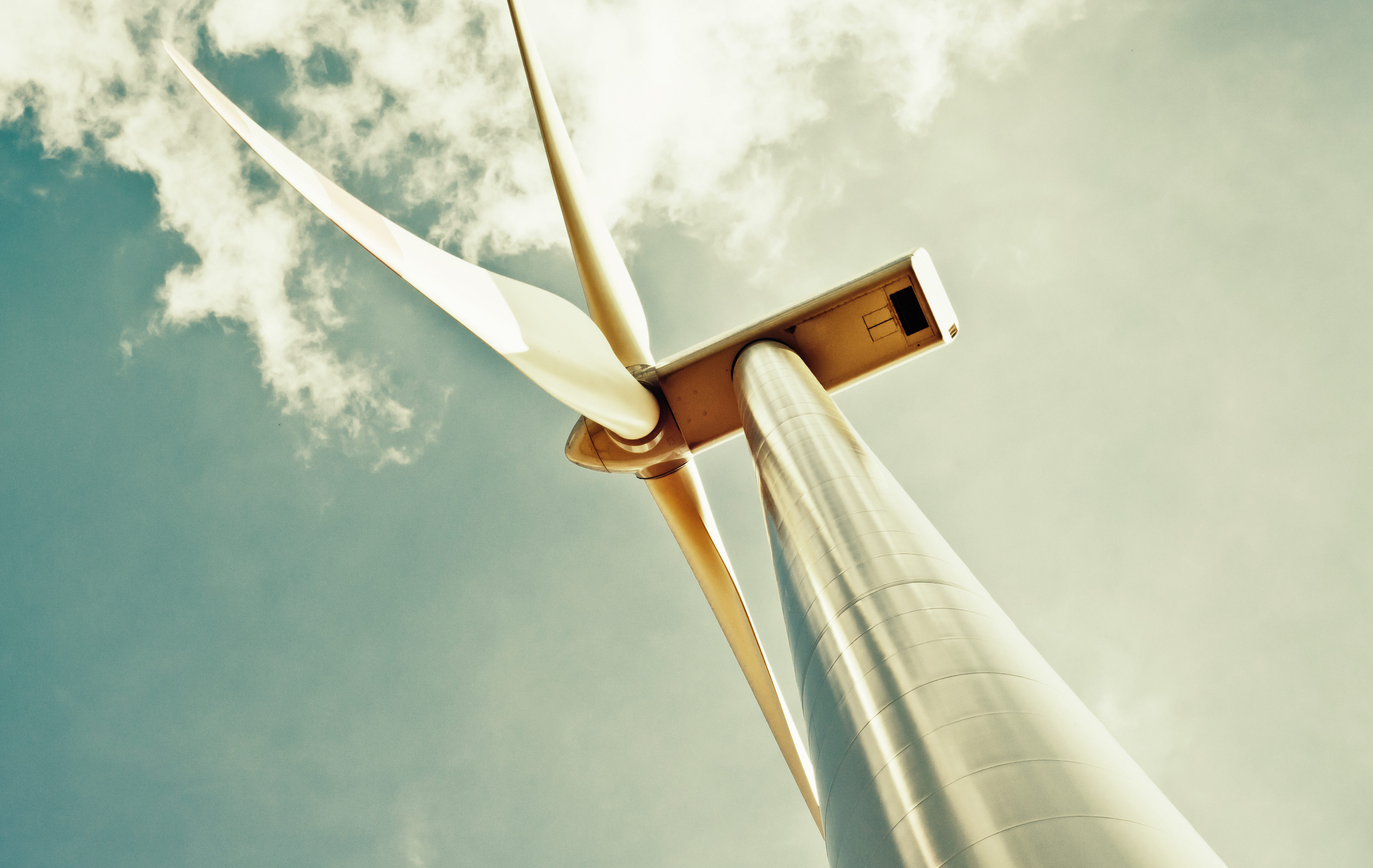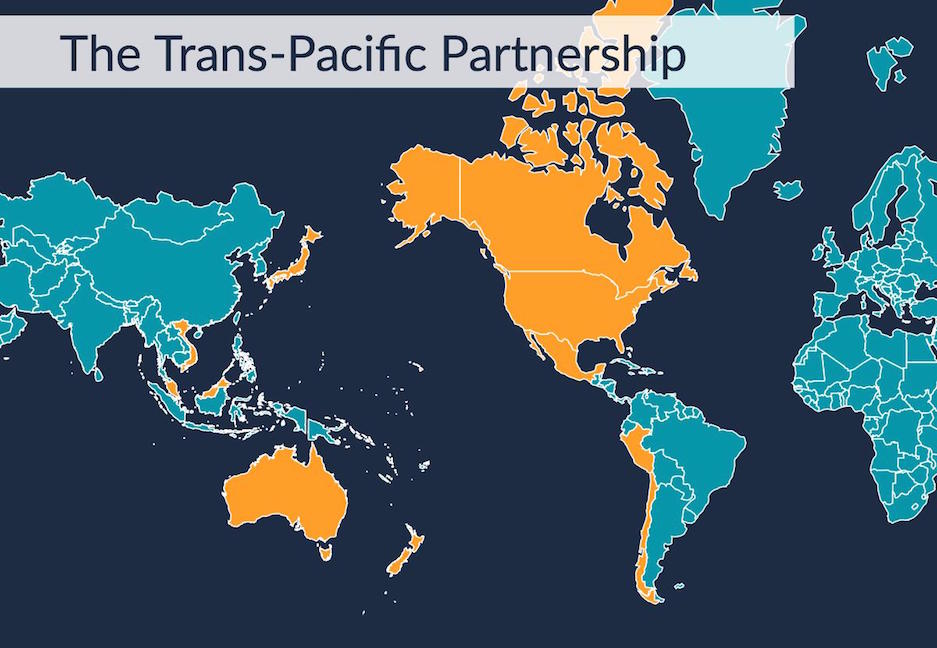Environmental Goods Agreement
What is the Environmental Goods Agreement?
The Environmental Goods Agreement (EGA) is an effort by 17 participants representing 46 WTO Members to eliminate tariffs on a range of goods related to protecting or improving the environment. Together, these 46 Members account for 90 percent of environmental goods trade worldwide. The EGA would eliminate tariffs on a negotiated list of products designated as “environmental goods,” and would be signed by a subset of WTO Members. Trade practitioners call this type of agreement a plurilateral sectoral agreement: many countries, one sector.

What Do the Negotiators Consider to be “Environmental Goods”?
While the final list of covered products to be included in the Agreement is still under negotiation, the products likely to be included will make extensive use of environmental protection and climate change mitigation technologies. The main technology areas include:
- Renewable and clean energy generation, such as solar panels and wind turbines
- Air pollution control, such as soot removers and carbon dioxide scrubbers
- Water and wastewater treatment, including ultraviolet disinfection and desalination equipment
- Solid and hazardous waste treatment, including recycling equipment and composting systems
- Environmental monitoring and analysis, which captures devices such as thermostats
The list of about 300 products in the EGA built on the list of 54 products developed by the Asia-Pacific Economic Cooperation Forum (APEC). In 2012, Leaders of APEC agreed to cut tariffs on these items to five percent or less by 2015.
Why Negotiate an Agreement on Environmental Goods?
Tariffs on these types of goods are currently as high as 20 to 35 percent. The rationale for concluding the EGA is to lower trade costs for goods that are related to renewable energies and environmental protection in order to decrease consumer prices, and thus increase demand for the goods at issue. Increased demand will then lead to environmental efficiencies and lower resource usage.
What Next?
EGA members launched negotiations on July 8, 2014 and sought to reach final agreement by the end of 2016, but talks are likely to continue into 2017.
Read more:
Trade and Environment at the WTO
European Commission Directorate-General for Trade News archive on sustainable development
Global Affairs Canada has a summary of all the EGA rounds of negotiation









